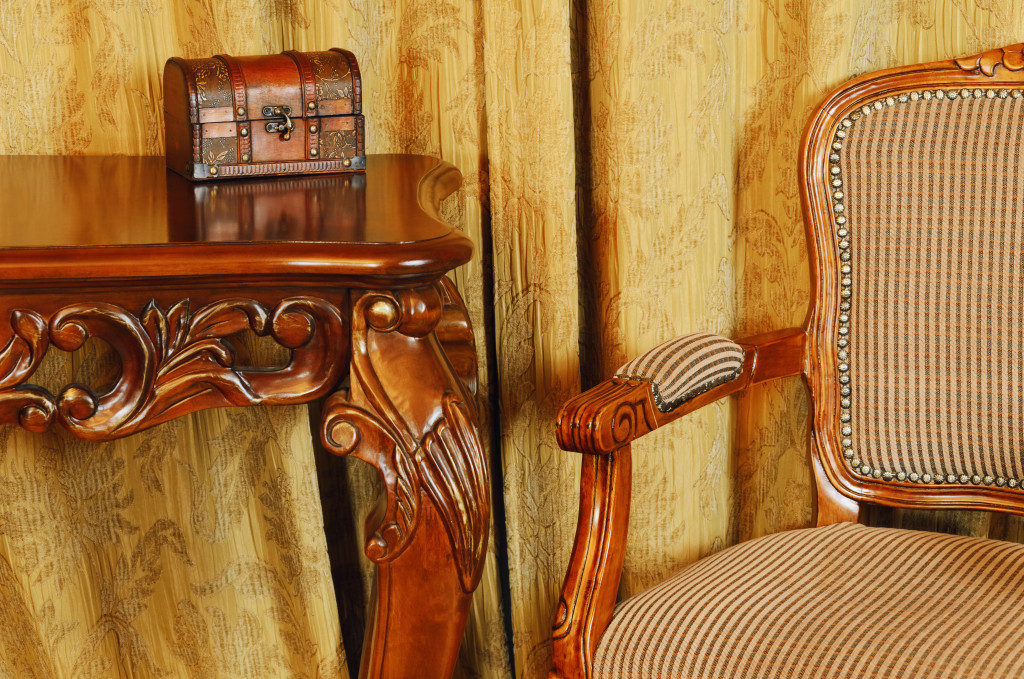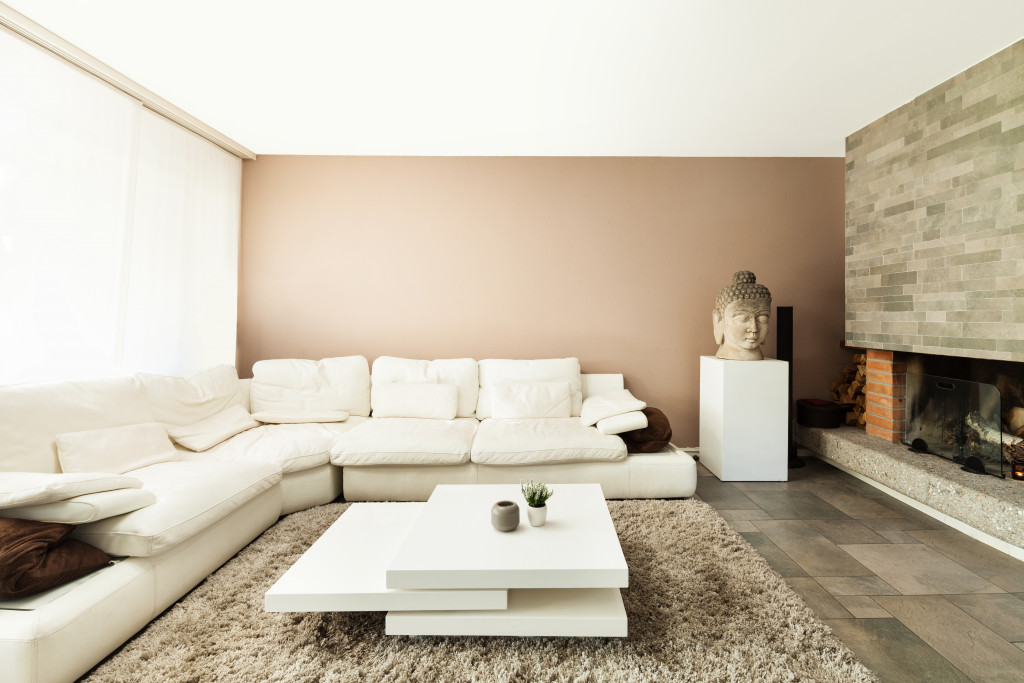The manner a person sits can negatively influence appropriate posture and, as a result, the back and spine’s health. Even if you think your posture is perfect, we all have room for improvement when it comes to how we sit.
With the advent of digitization, we can practically complete all of our work with our bodies tethered to our chairs, limiting our movement.
For millions of working Americans, the unexpected shutdown of numerous offices and establishments this past spring brought in a new age of remote work.
According to a survey conducted by Enterprise Technology Research, the number of people who work from home permanently is predicted to double by 2021. That is why it is essential to think carefully about the furniture we choose for our home.
The human body is built to acquire muscle reflexes that allow for effective posture and spine moment adjustment, resulting in a stable and balanced posture. However, since childhood, inappropriate usage of furniture has played a crucial part in altering our posture.
In this blog post, we’ll look at how furniture affects posture and how to adjust your sitting position so that you may go about your day without back pain. But first, let us understand why posture matters.
Why Is Posture So Important?
Sitting is the new smoking, as you’ve probably heard. According to research, sitting for most of the day raises your risk of cardiovascular disease and diabetes. Regrettably, that describes virtually all of us.
More of us are sitting for extended amounts of time than ever before as technology keeps us glued to computers and other gadgets. And it’s having a negative impact on our health.
While you may not be able to replace your desk job with one that requires you to walk or keep active throughout the day, there is one thing you can do right now to enhance your health: sit properly and use the right furniture.

The Effects of Furniture on Our Posture
People’s necks and backs are strained when they sit for lengthy periods at their computers with their necks bent forward. Small, uncomfortable furniture causes individuals to slump forward, putting a lot of strain on the spine, whereas sitting with legs dangling and knees higher than bottoms puts a lot of pressure on the butt bones.
Here is a list of furniture that can cause serious health issues and should be avoided:
-
Chairs With Inclined Backs
Most traditional chairs have inflexible seats with inclined backs, which can create blood circulation difficulties, tight shoulder, neck, and back muscles, rounding of the back, and constriction of the digestive organs. This is how our posture is affected by furniture.
-
Hard Wooden Chairs
Sitting in hard wooden chairs for lengthy periods can tighten your hip flexors and hinder your glutes reciprocally. If your pelvic rotation is restricted, it can create lower back compression, resulting in back discomfort that can progress to chronic pain over time if left untreated. Back discomfort, butt shape alterations, and hemorrhoids can all be caused by sitting on tough surfaces.
-
Malformed Mattresses
Using malformed mattresses can cause health problems because they do not give sufficient back support and alignment. Additionally, persons who sleep on their stomachs should always choose firmer mattresses with convoluted foam.
Picking a mattress based on coil count or design has little bearing on the mattress’s longevity or quality. Also, before they wear out, they must be changed every eight to ten years.
-
Extra Soft Sofas
Back issues are becoming more common as a result of soft sofas that provide a lot of comforts. Trendy couches with extra soft upholstery lead to bad posture by not providing adequate support for the neck and spine muscles.
Therefore, it is vital to pick the right type of sofa with high-density foam that is somewhat stiffer than a typical couch cushion. Along with providing good support, it is also versatile and durable.
Our posture determines our long-term health and happiness. A good posture may not only instill a great sense of confidence in us, but it can also keep us free of aches, pains, and injuries.
Maintaining excellent posture is difficult in our current lifestyle. Everything seemed to push us to slouch or hunch inward. We are also becoming increasingly sedentary. All of this implies that we must be more aware of our behaviors.
Allowing our shoulders to sag forward and our legs to cross is a bad idea. We may regain control of our posture by mindfulness, repositioning, and exercise, as well as buying good-quality furniture.

